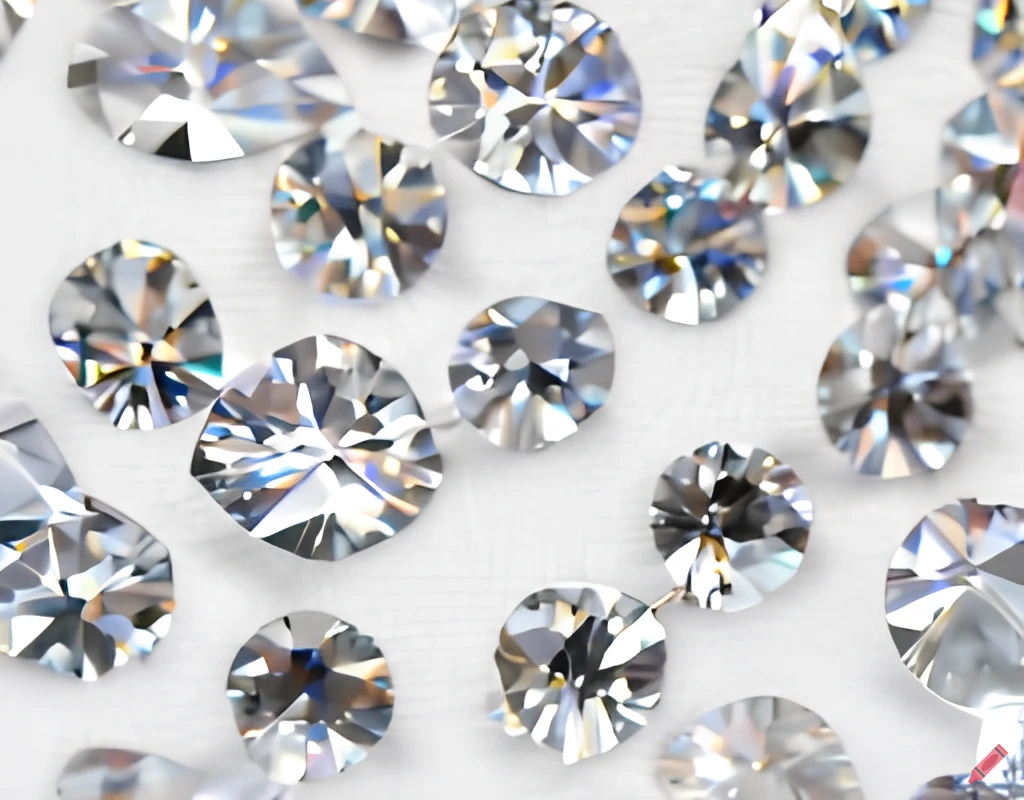Diamond & Gemstone Grading Guide: How We Determine Value


Written by:
Josh Alpert, Appraiser – specializing in gold, diamonds, jewelry, gemstones and precious metals. Call to set up an appointment.
When someone brings in a diamond or colored stone, one of the first things they ask is, “How do you figure out what this is worth?” It’s a great question—and it’s exactly why we created this guide. At New England Diamond and Jewelry Buyers, we take a clear, straightforward approach to diamond and gemstone evaluation. Our goal is to help you understand what you have, so you can make an informed decision—whether you choose to sell your ring, loose stone, or jewelry piece today or simply learn for the future.
We base our evaluations on both GIA standards and real-world market trends, and we always explain our process in person, step-by-step.
Diamonds: What We Look For
When it comes to diamonds, we start with the 4 Cs—Carat, Color, Clarity, and Cut. These are the global standards developed by the Gemological Institute of America (GIA), and they form the foundation of any professional diamond appraisal.
Carat (Weight)
Carat measures a diamond’s weight, not necessarily its size. For instance, two diamonds may look similar, but one can weigh more due to depth or cut style. Carat weight contributes significantly to value, especially as diamonds get larger.
Color (Tint or Absence Thereof)
Diamond color is graded from D (colorless) to Z (light yellow or brown). The closer your diamond is to D, the rarer and typically more valuable it is. However, subtle color variations—especially in well-cut stones—may have less impact on appearance than you think.
Clarity (Inclusions and Blemishes)
We examine every diamond under magnification to identify internal inclusions (natural imperfections) and external blemishes. The clarity scale ranges from:
- FL (Flawless) – No inclusions or blemishes visible under 10x magnification
- IF (Internally Flawless) – No internal flaws, minor external blemishes
- VVS1 / VVS2 (Very, Very Slightly Included) – Inclusions so small they are difficult to see, even under magnification
- VS1 / VS2 (Very Slightly Included) – Minor inclusions that are still difficult to detect
- SI1 / SI2 (Slightly Included) – Inclusions visible under magnification, sometimes visible to the naked eye
- I1 / I2 / I3 (Included) – Obvious inclusions that may affect transparency or durability
In reality, most diamonds fall somewhere in the VS to SI range, and we’ll always explain what’s visible in your specific stone and how it affects value.
Cut (Light Performance, Not Shape)
Cut has a major impact on a diamond’s appearance. While many people confuse cut with shape, what we’re really looking at is how well the diamond has been proportioned and polished. A great cut makes a diamond sparkle and appear larger or brighter. Even a high-carat, high-color stone can look dull if the cut isn’t strong.
Beyond the 4 Cs: What Else We Evaluate
Shape
Shape refers to the style of the diamond—round, princess, cushion, emerald, oval, pear, etc. Round diamonds are generally the most valuable because of demand and cutting cost, but we evaluate all shapes fairly and based on current market trends.
Fluorescence
Some diamonds glow under UV light. Depending on strength, fluorescence may slightly enhance or detract from a diamond’s value. We’ll explain exactly how it affects your piece.
Certification
If your diamond is certified by a trusted lab like GIA, AGS, or EGL, bring the paperwork—it supports the value. But if you don’t have certification, that’s okay. We perform full evaluations regardless.
Market Demand
A diamond’s real-world value often comes down to how desirable it is right now. Market trends, consumer preferences, and inventory needs can all influence pricing. For example, natural diamonds over 1 carat in round shapes tend to retain strong resale value.
Whether you’re selling a diamond engagement ring, a pair of diamond earrings, or a loose stone, we tailor each evaluation based on current conditions and your unique piece.
Grading Colored Gemstones
Colored stones don’t follow the exact 4 Cs model, but we use similar standards to determine quality and value. We specialize in rubies, sapphires, emeralds, tanzanite, and tourmaline, and we assess each based on:
Color
Color is the most important factor in gemstones. We look for hue (color family), tone (light to dark), and saturation (vividness). A richly colored sapphire or a deep, vivid emerald is often worth significantly more than a lighter stone.
Origin
Gemstones from specific regions—like Burmese rubies or Kashmir sapphires—can command higher values. If you don’t have paperwork, don’t worry. We’ll still evaluate based on visible characteristics.
Clarity
Most colored stones naturally contain inclusions. What matters is their size, location, and whether they affect the stone’s beauty or structure.
Cut & Shape
Gemstone cuts aren’t as standardized as diamonds, but symmetry and polish still matter. We assess how well the cut maximizes color and brilliance.
Treatment Status
Gemstones are often heat-treated to improve color. That’s standard practice. However, untreated stones or stones with rare treatments may carry a premium. We do our best to identify any treatments and disclose their impact on value.
No Certificate? No Problem.
It’s extremely common for people to bring in uncertified diamonds or gemstones, especially if they inherited the piece or purchased it years ago. You don’t need documentation to get a full, honest evaluation. We test each item in front of you, explain our findings, and walk you through your options.
Want to Sell Your Diamond Ring, Loose Stone, or Gemstone Jewelry?
Whether you’re just exploring your options or ready to sell today, we’re here to help. You’ll get a free, no-pressure evaluation—and if you decide to sell, we offer immediate payment.
📍 Visit us in Newton or Uxbridge
📞 Call to schedule a private consultation
👉 Or visit our Diamond Buying Page to learn more about the selling process
Selling your diamond or gemstone doesn’t need to be complicated. We’ll help you understand exactly what you have and offer a fair price—clearly, respectfully, and without obligation.
